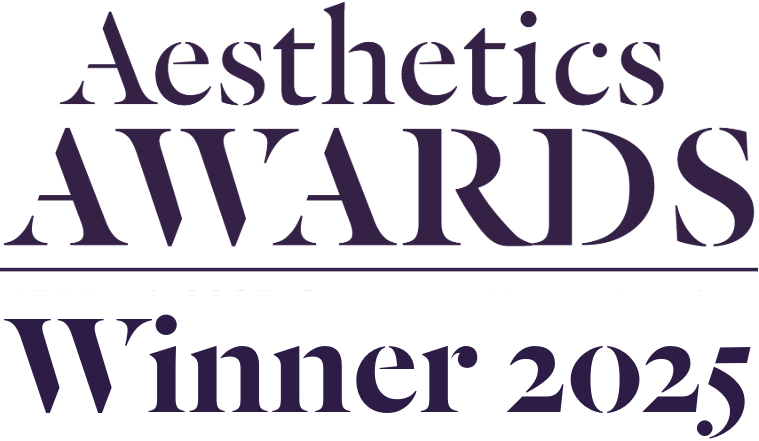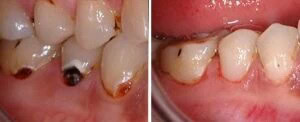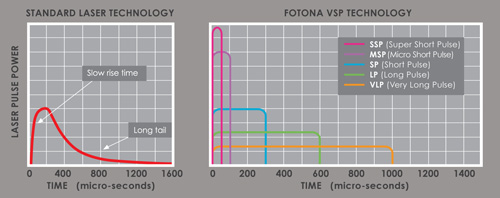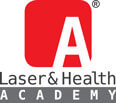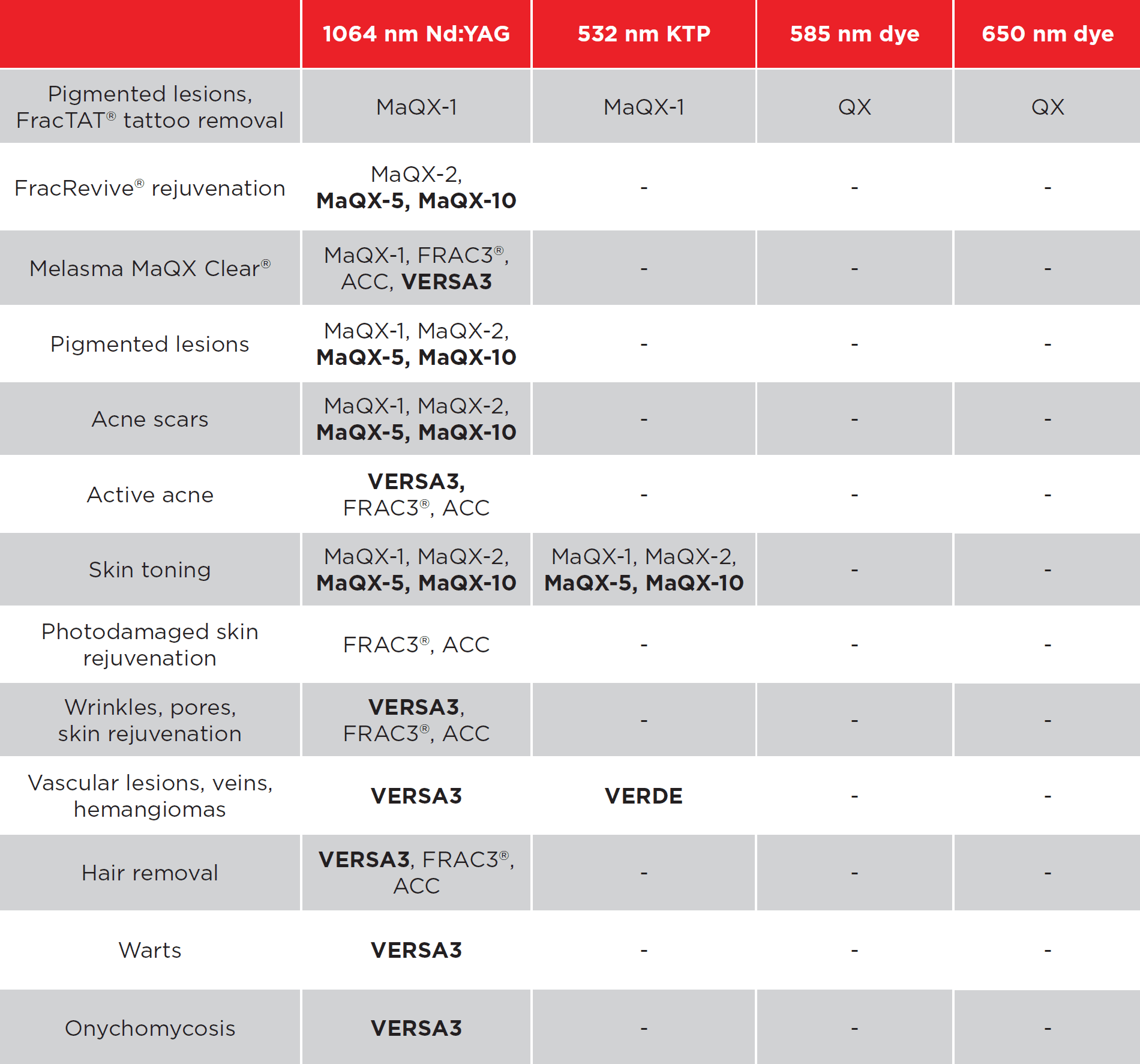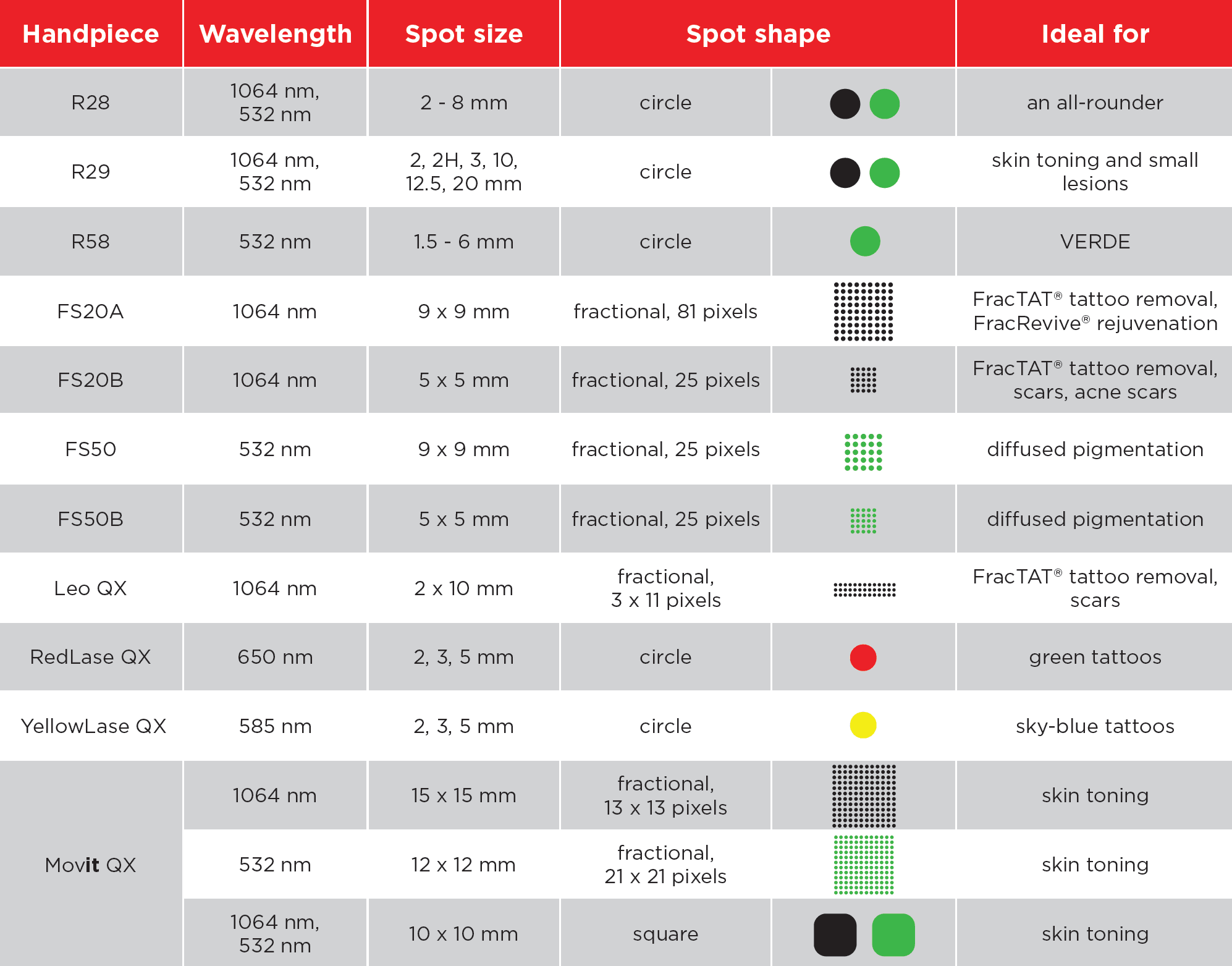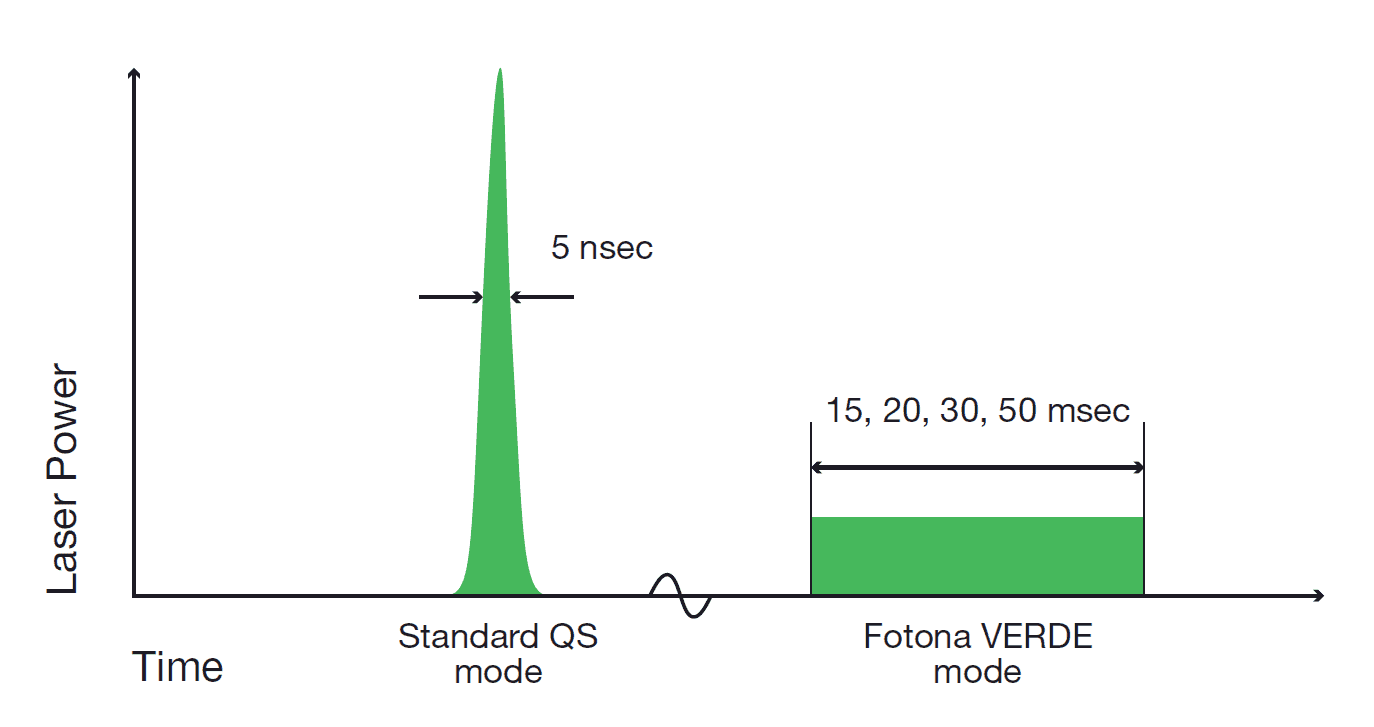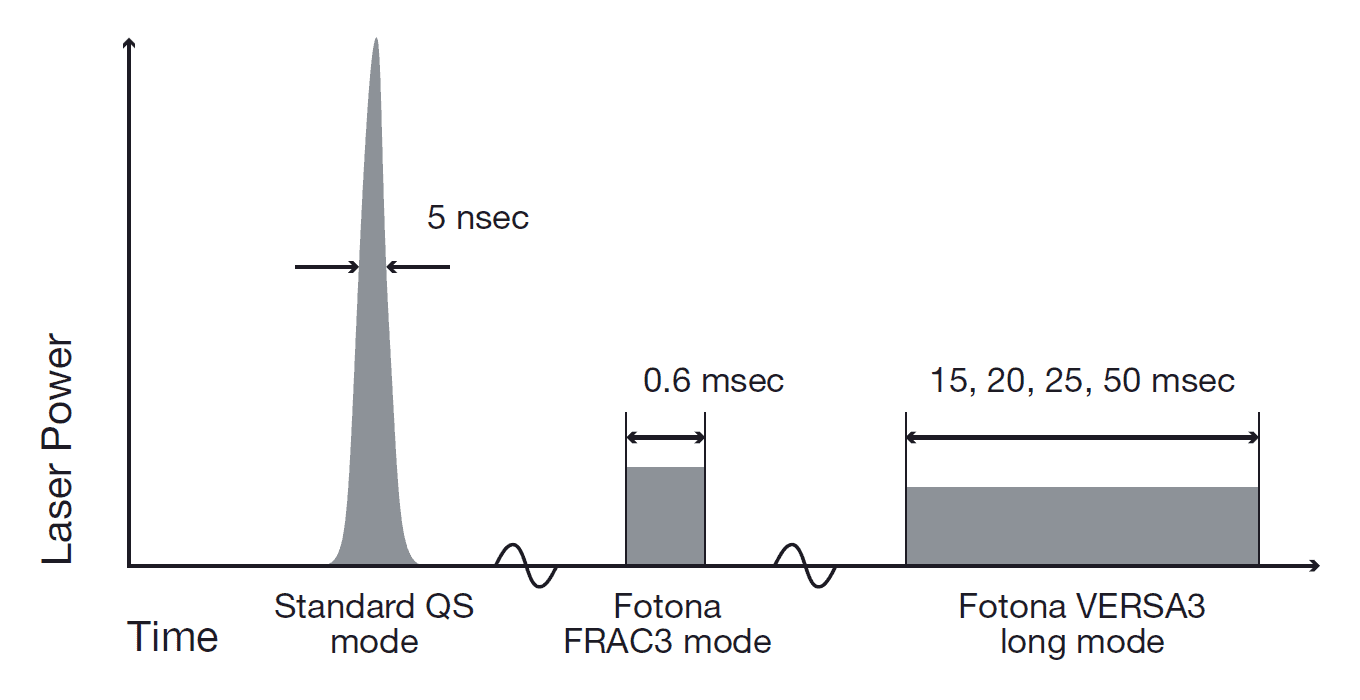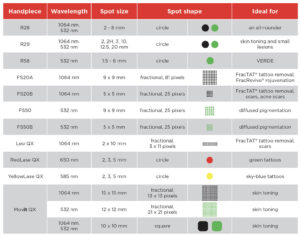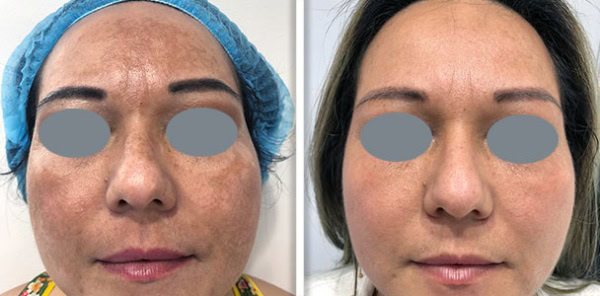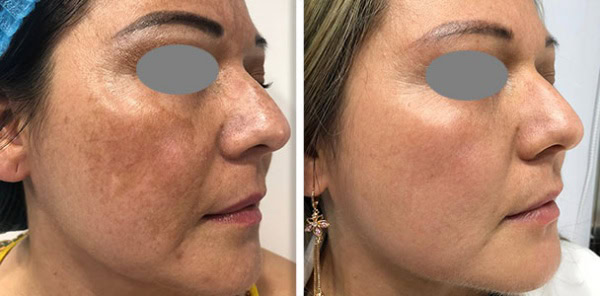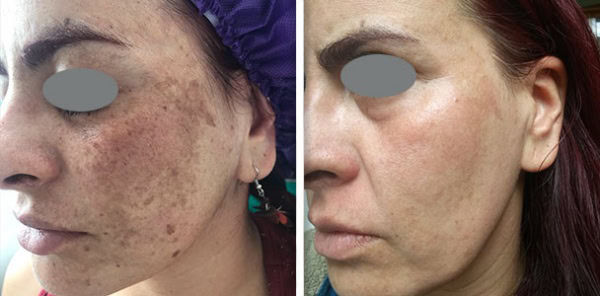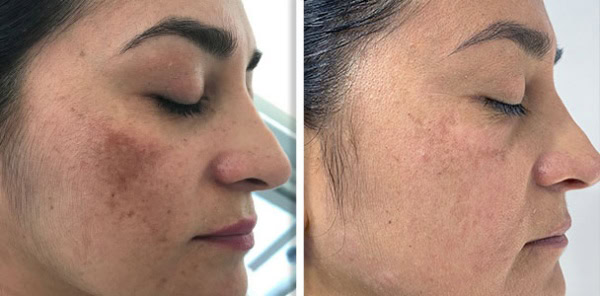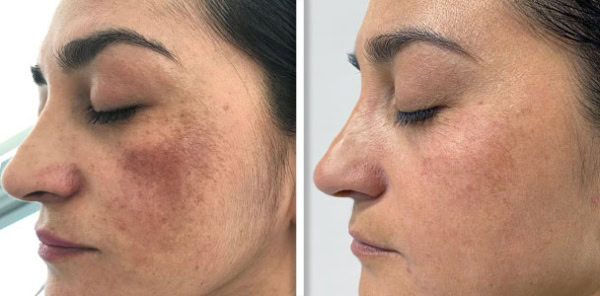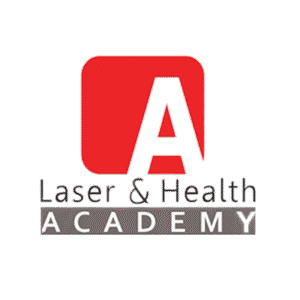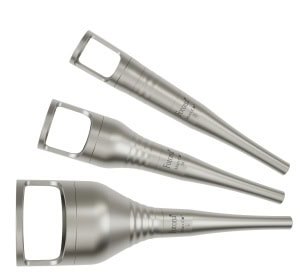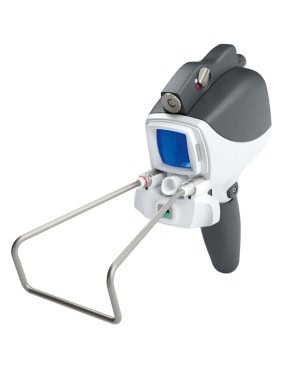Modern dentistry has seen a major change since the introduction of the latest laser technology. The most innovative breakthrough in Lasers, known as Fotona, is gaining attraction as a game-changer that offers painless, accurate, exact, and efficient solutions for different dental procedures. In comparison to traditional instruments that rely on sutures, drills and scalpels, Fotona lasers provide an option that is minimally invasive, which improves the comfort of patients and speed of recovery and increases the results of dental procedures.
This blog provides what’s the science that lies behind Fotona lasers and their key advantages and how they are changing the practice of dentistry, making procedures more efficient, more comfortable and safer than they’ve previously been.
The Science Behind Fotona Lasers
Fotona lasers use dual-wavelength technology, which combines Er: YAG (2940 nm) with Nd.YAG (1064 nm) lasers. This unique combination allows dentists to conduct both soft and hard procedures on tissues with unparalleled precision.
1. ER:YAG laser (2940 nm)
This Erbium-doped Yttrium Aluminium Garnet (Er: YAG)Laser is extremely attracted by hydroxyapatite as well as water, making it ideal for:
(a) Cavity preparation eliminates tooth decay without destroying healthy enamel.
(b) Bone surgery allows for precise cutting in procedures such as making the site for an implant.
(c ) Enamel ablation prepares your teeth to bind with the most sensitive areas.
Because of the high Absorption of water, Er: YAG laser is extremely soft on the tissues. This lowers the chance of post-operative discomfort as well as thermal damage.
2. Its laser Nd: The laser Nd: (1064 nm)
The Neodymium-doped Yttrium Aluminium Garnet (Nd: YAG)Laser is able to penetrate deeper into tissues, making it perfect for:
(a) Gingival shaping Forms gums to enhance their aesthetics and function.
(b) Periodontal Therapy Treatment to treat gum disease by removing any bacteria and promoting regeneration.
(c) Hemostasis and coagulation – Reduce bleeding during surgical procedures.
The capability of laser Nd: YAG to block blood vessels and nerves ensures faster healing, as well as less postoperative pain.
Key Benefits of Fotona Lasers in Dentistry
1. It is completely painless and only requires a small amount of anesthesia.
One of the biggest advantages of Fotona lasers is their ability to eliminate or reduce the need for anesthesia. Dental drills that are traditional cause heat and vibrations that can cause discomfort. Lasers operate with pinpoint precision, which helps to minimize trauma to the surrounding tissues.
- Drills and needles are not required. Patients are less stressed.
- Post-operative pain is less painful, which means quicker recovery.
- Ideal for children who are anxious or patients who are anxious. Relaxed dental visits.
2. Unmatched Precision for Conservative Treatments
Fotona lasers help dentists concentrate on only the affected tissue while protecting healthy tissues. This is especially beneficial to:
- The less invasive way to prepare teeth, the less dental structure gets removed when compared to drilling.
- Gum shapingPrecision contouring of the gum to create attractive gum lifts.
- Biopsies and removal of the lesion Accurate removal of the lesion with the minimum number of marks.
3. Faster Healing & Reduced Recovery Time
Laser dentistry promotes biostimulation, accelerating tissue regeneration. Benefits include:
- There is less bleeding. The laser seals blood vessels during treatment.
- There are no sutures required. Many soft tissues heal themselves.
- A lower chance of contracting an infection. The laser cleans the area that is being treated.
Patients are often able to resume normal routines as soon as possible following dental procedures, like dental procedures or preparations for dental cavities.
4. Versatility in Dental Treatments
Fotona laser is a popular choice for dental treatment. Fotona laser is employed in a myriad of dental specialties, such as:
A. Restorative Dentistry
- Cavity preparation, no drilling, No vibrations, no drilling.
- Sealants and bonding – Improved adhesion due to a clean surface that is well-prepared and clean.
B. Periodontics (Gum Treatments)
- LANAP (Laser-Assisted New Attachment Method)a very minimally invasive method of gum surgery that is minimally invasive.
- The lengthening of the crown helps gums enhance the results of the restoration process.
C. Cosmetic Dentistry
- Gummy smile correction, specifically, re-contours the excess gum tissue.
- Teeth Whitening Laser-activated bleaching produces better results and is more efficient.
D. Oral Surgery
- Frenectomies (tongue-tie, let go)* A quick, painless procedure.
- Biopsies and the removal of lesions. And quicker healing.
- Endodontics (Root Canal Therapy)
Root canals DisinfectionLasers are able to eliminate bacteria with more efficacy than traditional methods.
- TMJ & Pain Therapy
Low-Level Laser Therapy (LLLT) reduces inflammation and assists in healing TMJ problems.
5. Minimized Risk of Infection
The beam of laser with high energy sterilizes the space that is being treated greatly and reduces the burden of bacteria. This is particularly beneficial for:
- Periodontal therapy kills the bacteria that live in pockets of gum.
- The surgical site reduces the chance of post-surgical infections.
Why Patients Prefer Fotona Laser Dentistry
1. Anxiety-Free Dental Visits
Many patients stay away from dental appointments due to a fear of needles and drills. Fotona lasers provide a quiet, vibration-free alternative, making dental visits more relaxing.
2. Shorter Appointment Times
Treatments like tooth preparation and gum treatments can be performed 30 to 50% faster than traditional methods.
3. Better Long-Term Oral Health
- The removal from tooth structure makes healthier teeth.
- Reduction in gum recession = healthy periodontal support.
- Less bacterial contamination means fewer complications.
Fotona Lasers vs. Traditional Dentistry: A Comparison
| Factor | Fotona Laser Dentistry | Traditional Dentistry |
| Pain | Minimal to none | Anesthesia required |
| Precision | High | Low |
| Healing time | Speedy | Slower |
| Bleeding | Minimum | More Bleeding |
| Risk of infection | Low | High |
| Patient Relaxation | High | low |
Conclusion:
Fotona lasers are the representative of the next level of dentistry that blends the latest technology with patient-centred treatment. With their gentle, precise and highly effective procedures, they’re setting new standards for modern dental care.
If you require a simple dental filling or gum reshaping advanced periodontal treatment,Fotona lasers provide a faster, safer, and more comfortable alternative to conventional techniques. If you’re searching for something more pleasurable for you, talk to the dentist about Fotona laser treatments right now.
FAQs
- Are Fotona laser treatments painful?
No Fotona Laser treatments are pain free. In the majority of cases, there is no need for anesthesia.
- What is the most effective way you use Fotona laser dentistry to speed up healing?
The laser seals nerves along with blood vessels. Which reduces bleeding and inflammation while encouraging faster healing of tissues.
- Could Fotona lasers be employed for gum diseases?
Yes, Fotona’s Nd-YAG laser is very effective in treating periodontitis by removing affected tissues and promoting gum regeneration.
- Is laser dentistry safe?
Absolutely. FDA has approved Fotona lasers and provides an alternative that is minimally invasive to traditional dental instruments.
- How long will Fotona laser treatments last?
The majority of procedures are completed faster than conventional procedures, some taking as little as 10-30 minutes.
- Are there any Fotona lasers utilized by children?
Yes, laser dentistry is safe for children and frequently preferable due to its non-painful and non-invasive nature.
- Does insurance cover Fotona laser treatments?
Most dental insurance plans will cover laser procedures; however, the coverage is different. Ask your provider for specifics. There are so many
